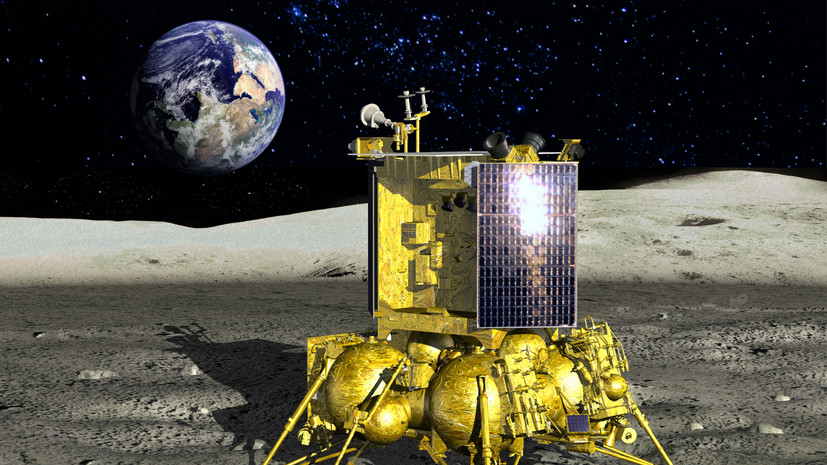Russia will resume its lunar program, Vladimir Putin said at the state awards ceremony at the Vostochny cosmodrome.
The President expressed confidence that Russia would continue to consistently implement all of its plans in the space sector, despite any difficulties and attempts to prevent this from outside.
He noted that the generation of the creators of the domestic rocket and space program left "not only a colossal technological backlog", but also those values that the country is equal to today.
“We will continue to create a new generation transport ship and nuclear space energy technologies, where we certainly have a very good and absolutely clear advantage.
We will resume the lunar program - we are talking about the launch of an autonomous vehicle of the Luna-25 space robotic complex from the Vostochny cosmodrome," the president said.
Speaking about the challenges in space exploration, Putin stressed that success in this area would make it possible to more effectively solve problems "on Earth."
Among them, the head of state mentioned the national development goals of the Russian Federation, strengthening security and technological sovereignty, creating advanced developments in the field of robotics and microelectronics, ecology, medicine, new energy, as well as navigation and communications.
Launch dates and tasks
"Luna-25" should become the first apparatus on a natural satellite of the Earth in the history of modern Russia.
The chief designer of this research station, Pavel Kazmerchuk, told RT in March 2021 about the challenges facing the project.
“The tasks of Luna-25 are to confirm the presence of water, water ice in the polar regions.
Ice, water is the most valuable resource that exists on the Moon, in terms of creating inhabited bases in these areas.
This is the life support of a person, this is potentially energy, fuel, ”the scientist said.
Kazmerchuk also noted that the device will be the first landing in the history of space exploration in the conditions of the south pole of the moon.
According to him, a very complex relief is observed in this part of the planet.
At the same time, Kazmerchuk explained that the landing site was chosen taking into account the high value of potential finds for research.
Earlier it was reported that the launch of Luna-25 should take place in the summer of 2022.
In particular, the head of Roskosmos, Dmitry Rogozin, spoke about this at the end of March.
During a meeting with the expert community, he also said that, despite the sanctions, tests of the high-precision landing system were successfully completed the day before.
Also on russian.rt.com Unearthly ice: chief designer of Luna-25 - about the tasks, capabilities and features of the Russian spacecraft
In turn, in early April, Deputy General Designer for Electrical Systems NPO named after.
S.A.
Lavochkin Alexander Mitkin clarified that the launch of the interplanetary automatic station "Luna-25" from the Vostochny cosmodrome is expected on August 22, according to the plan.
“A lot of experiments will allow us to better understand the solar system”
Leading researcher at the Space Research Institute of the Russian Academy of Sciences Natan Eismont, in an interview with RT, noted that projects on the scale of Luna-25 are being prepared for a long time.
“This project has been in preparation for ten years, and now it is coming out.
August 22 - launch, and three and a half days after launch we are on the moon, in the region of the south pole.
And a lot of experiments are planned there that will allow us to better understand not only the Moon, but also the solar system, ”said the specialist.
According to him, "very ambitious experiments" are planned as part of the upcoming work.
The scientist expressed the hope that this flight "will provide answers to key questions that still remain in the zone of uncertainty."
“For a long time, and with the help of our devices, it was established that there is water on the Moon, namely, the constituent element of water is hydrogen.
This device will confirm that water, in what state we imagine it, is on the surface of the moon, ”concluded Eismont.

